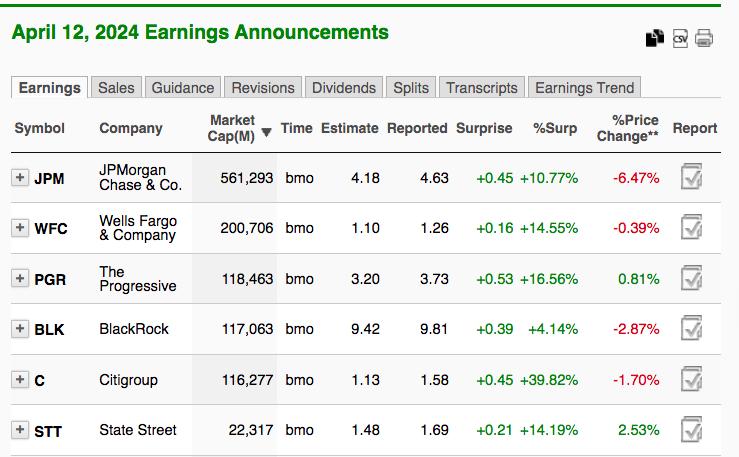In the world of investing, financial analysis serves as a critical tool for both seasoned professionals and amateur investors alike. By carefully examining the financial health and performance of a company, individuals can make informed decisions about where to allocate their hard-earned capital. However, the process of financial analysis goes beyond mere number-crunching; it requires a keen eye for detail and a deep understanding of market trends.
When considering the financials of a company, there are several key metrics that analysts pay close attention to. One such metric is the company’s revenue growth rate. A consistent and sustainable growth rate in revenue is often seen as a positive sign, indicating that the company’s products or services are in demand. Conversely, a stagnant or declining revenue growth rate may suggest underlying issues within the company that could hinder its future success.
Another crucial metric in financial analysis is profitability. Profit margins, return on equity, and earnings per share are all indicators of how efficiently a company is able to generate profits from its operations. A company with strong profitability metrics is generally considered a safer investment option, as it is better equipped to weather economic downturns and industry challenges.
Additionally, analysts often scrutinize a company’s balance sheet to assess its financial stability and leverage. A healthy balance sheet should show a manageable level of debt, sufficient cash reserves, and strong asset liquidity. Companies with high levels of debt or unsustainable liabilities may struggle to meet their financial obligations in the long run, potentially leading to bankruptcy or insolvency.
Furthermore, cash flow analysis is a critical component of financial analysis. A company’s ability to generate positive cash flow from its operations is paramount, as it indicates its ability to cover expenses, invest in growth opportunities, and reward shareholders through dividends or share buybacks. Negative cash flow, on the other hand, may signal a company’s inability to sustain its operations or support future growth.
In conclusion, financial analysis plays a pivotal role in guiding investment decisions and identifying potential risks in the market. By carefully examining key financial metrics such as revenue growth, profitability, balance sheet strength, and cash flow, investors can gain valuable insights into the underlying health of a company. While no single metric can paint a complete picture of a company’s financial health, a comprehensive analysis of its financials can help investors navigate the complex and ever-changing landscape of the stock market. Ultimately, sound financial analysis is the cornerstone of successful investing and can help investors make informed decisions that align with their long-term financial goals.

